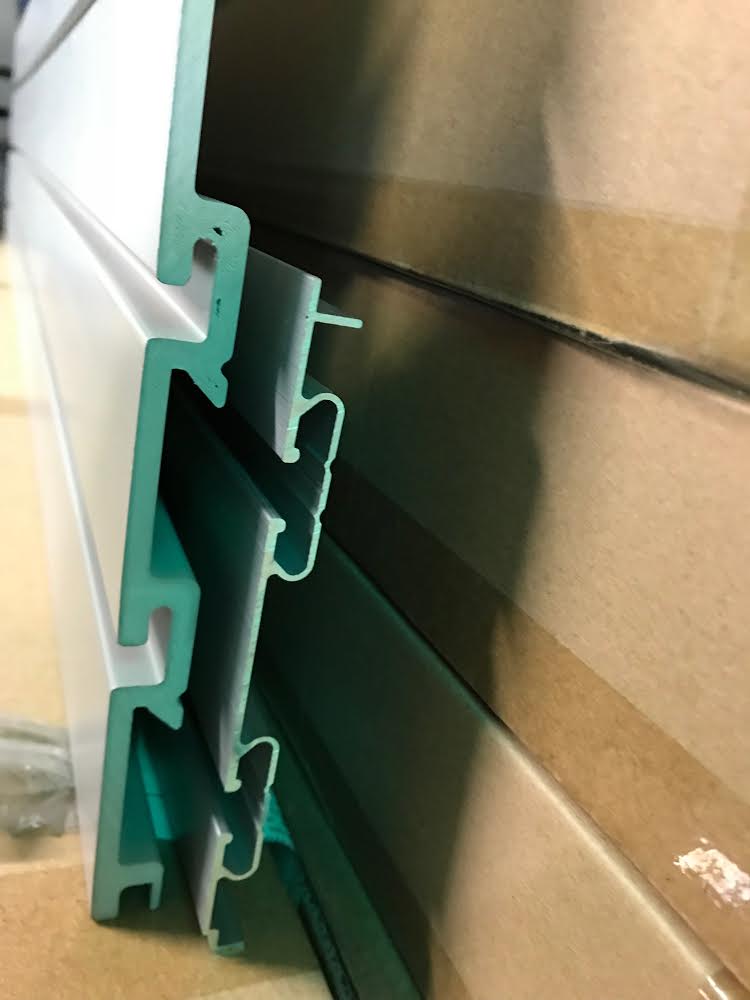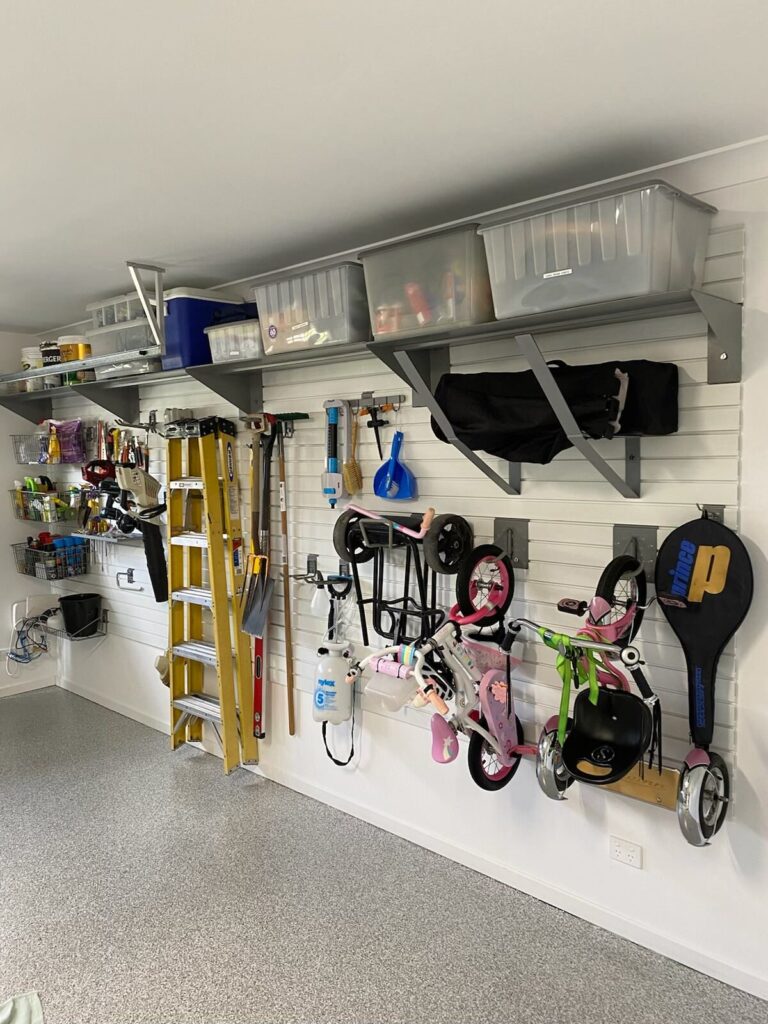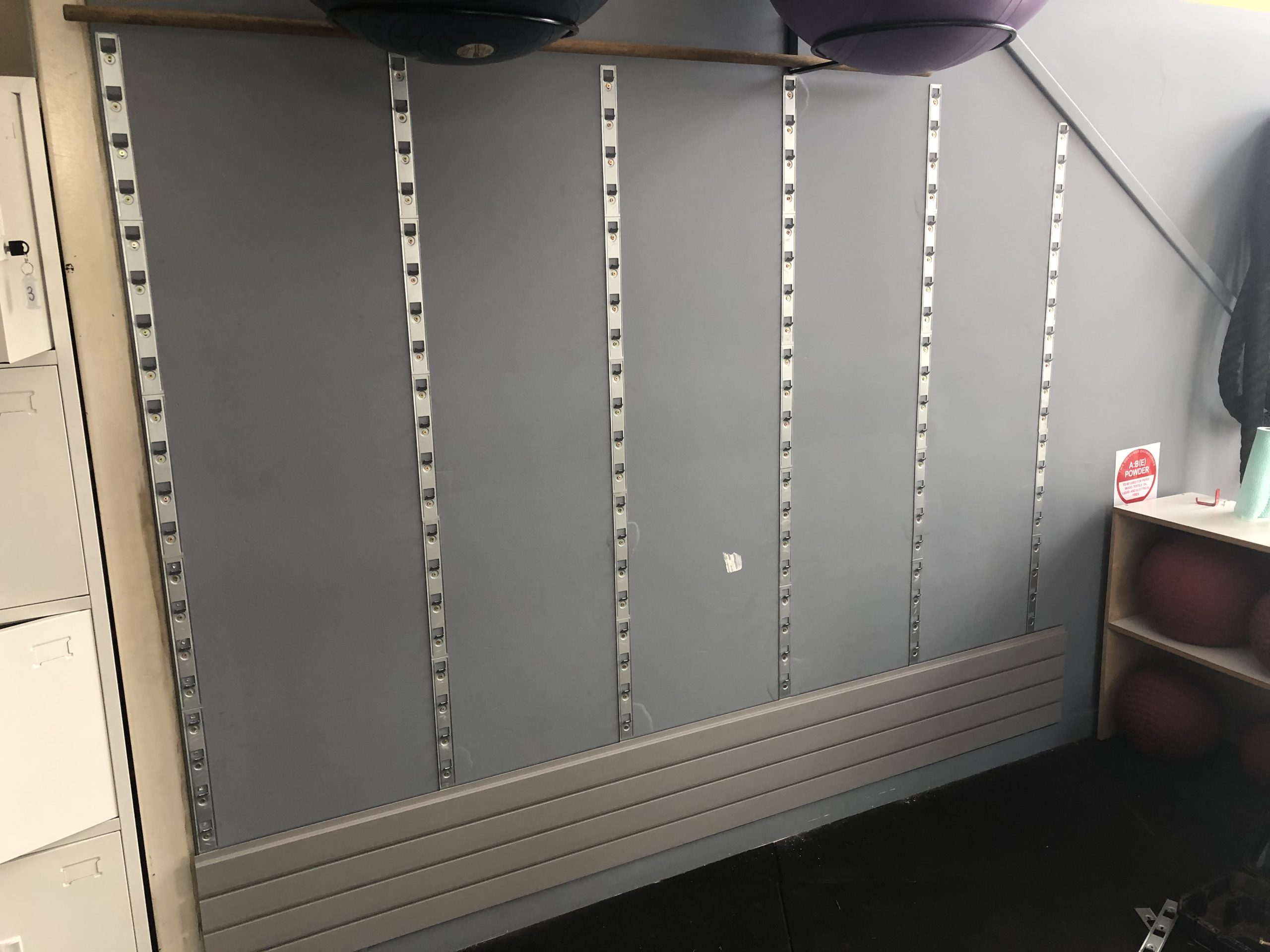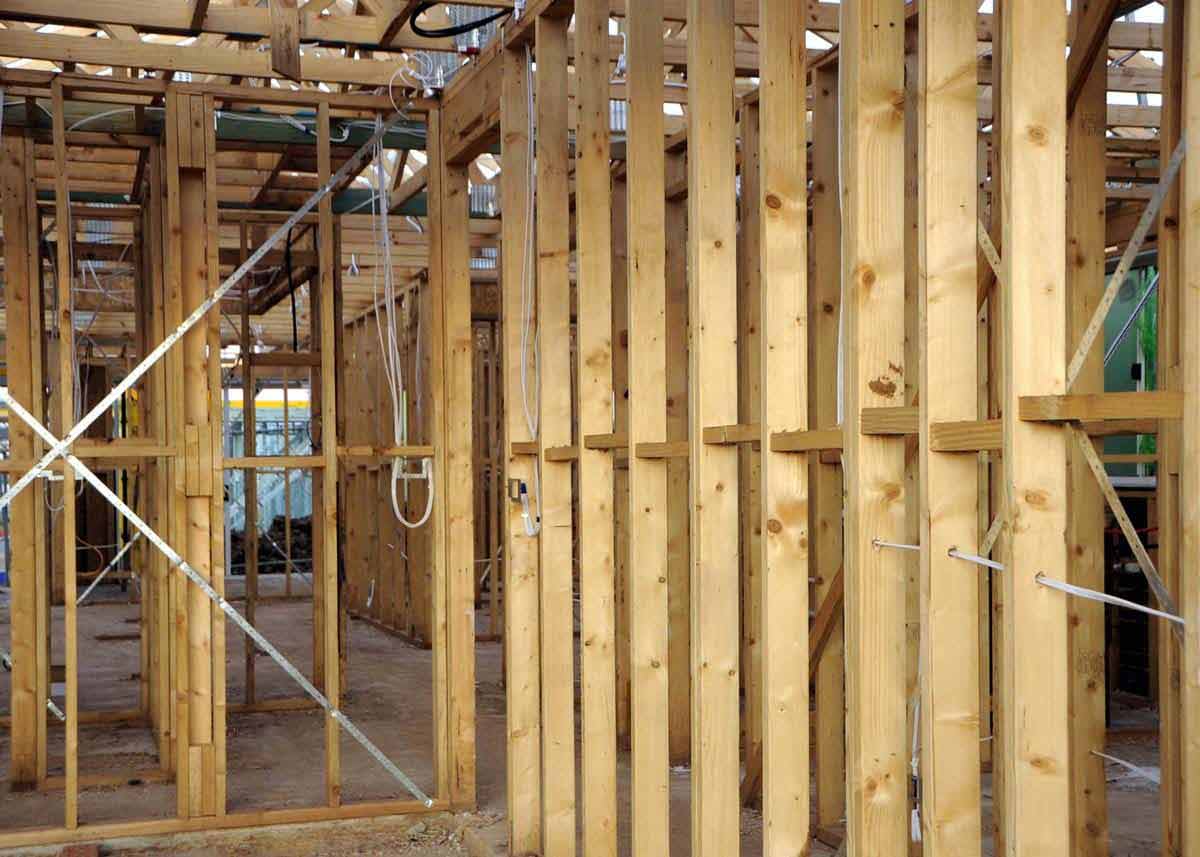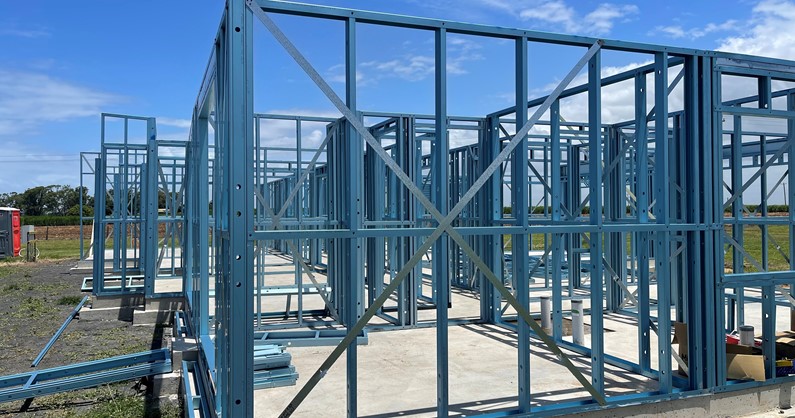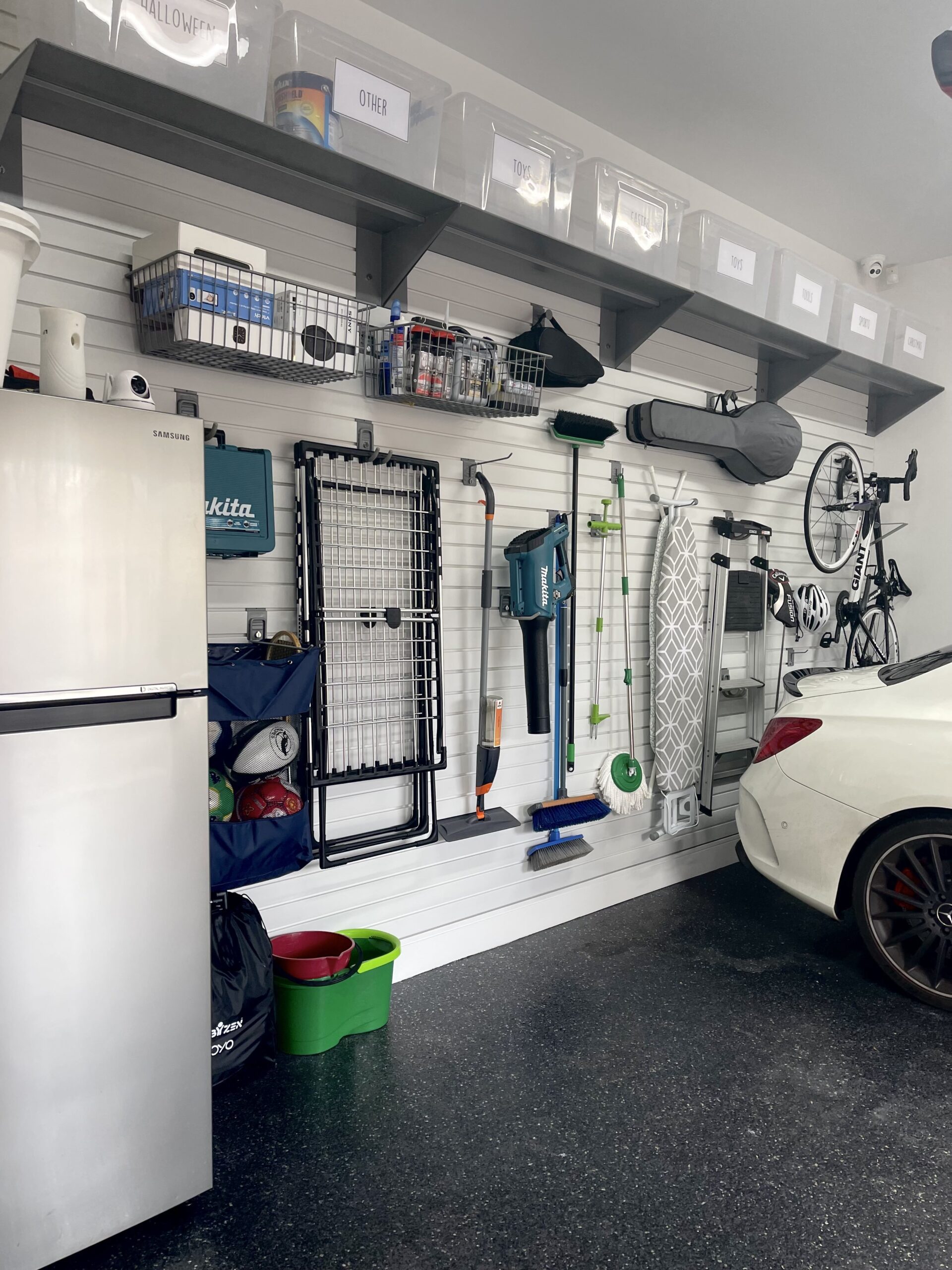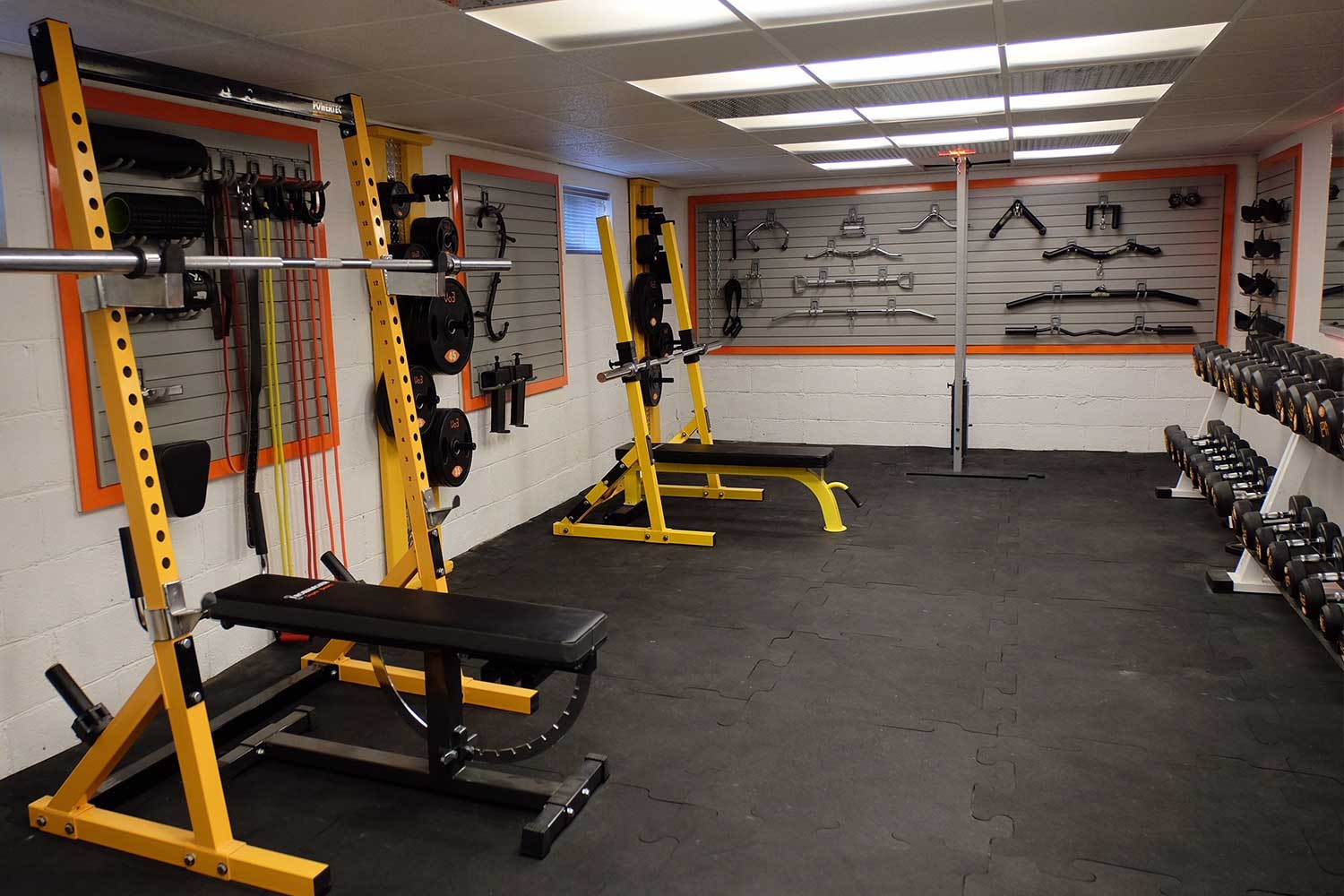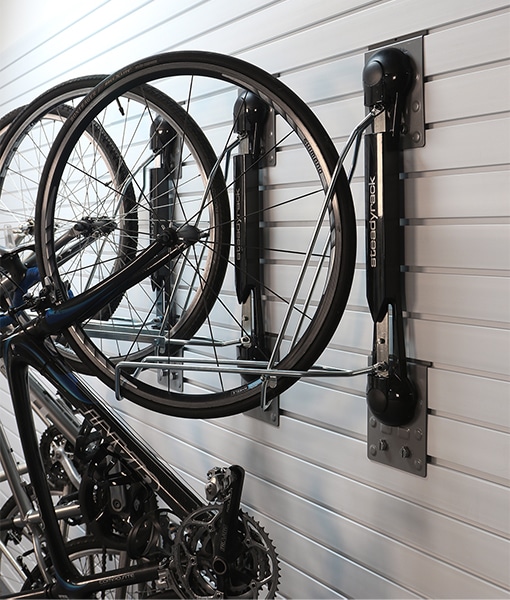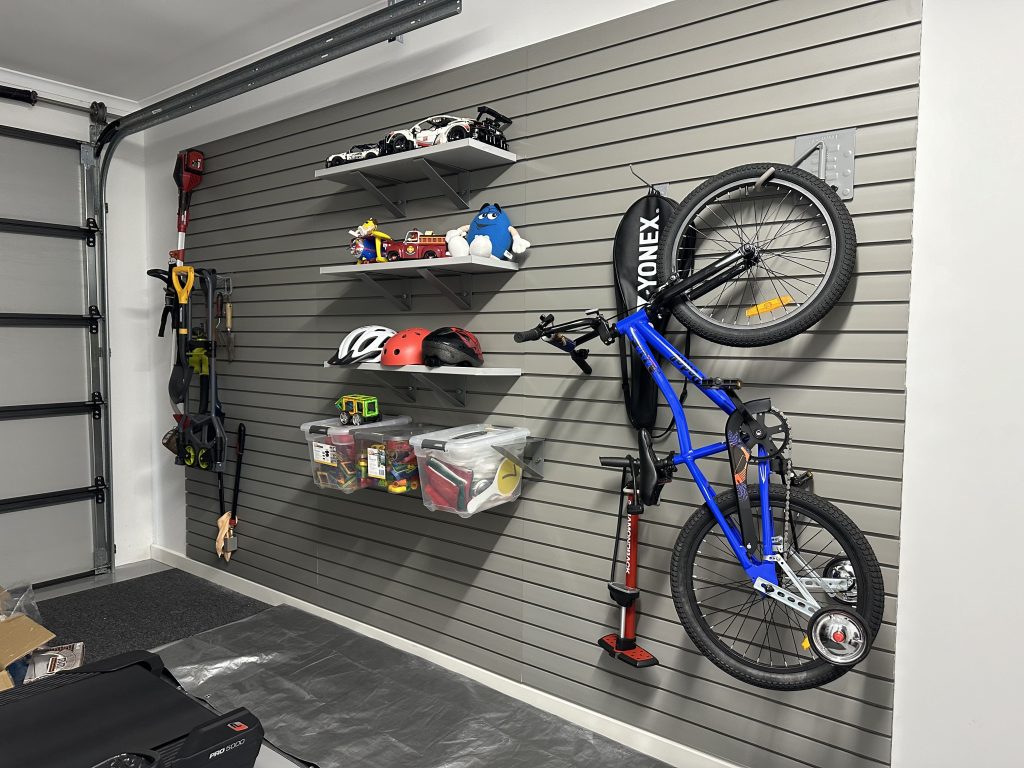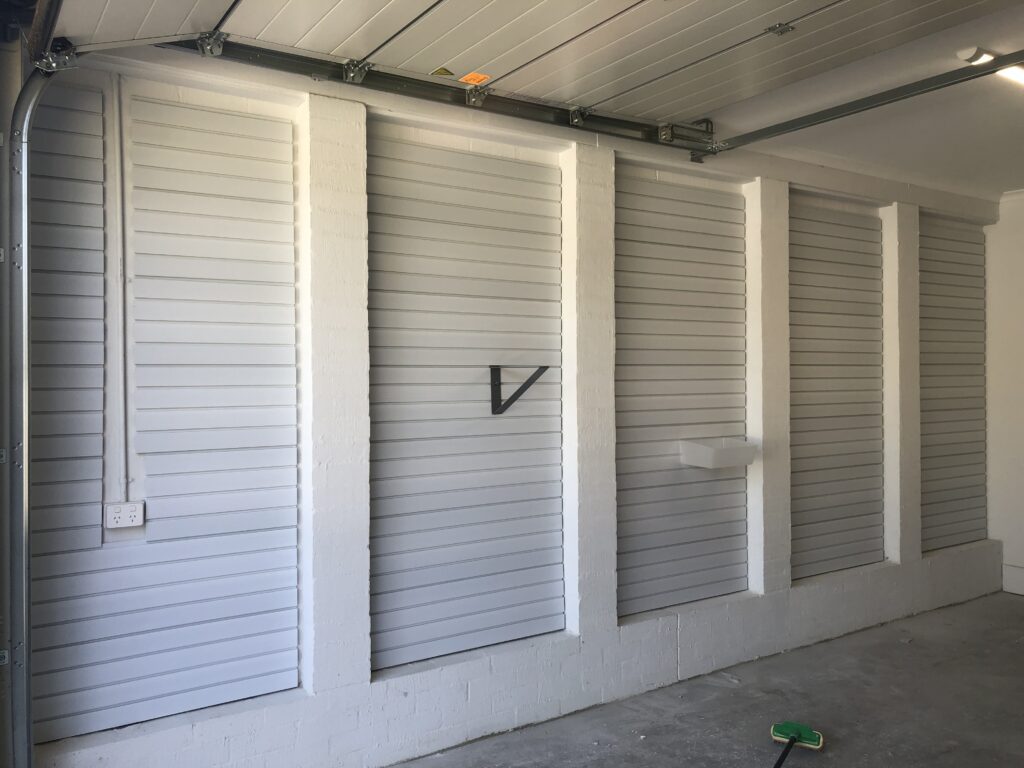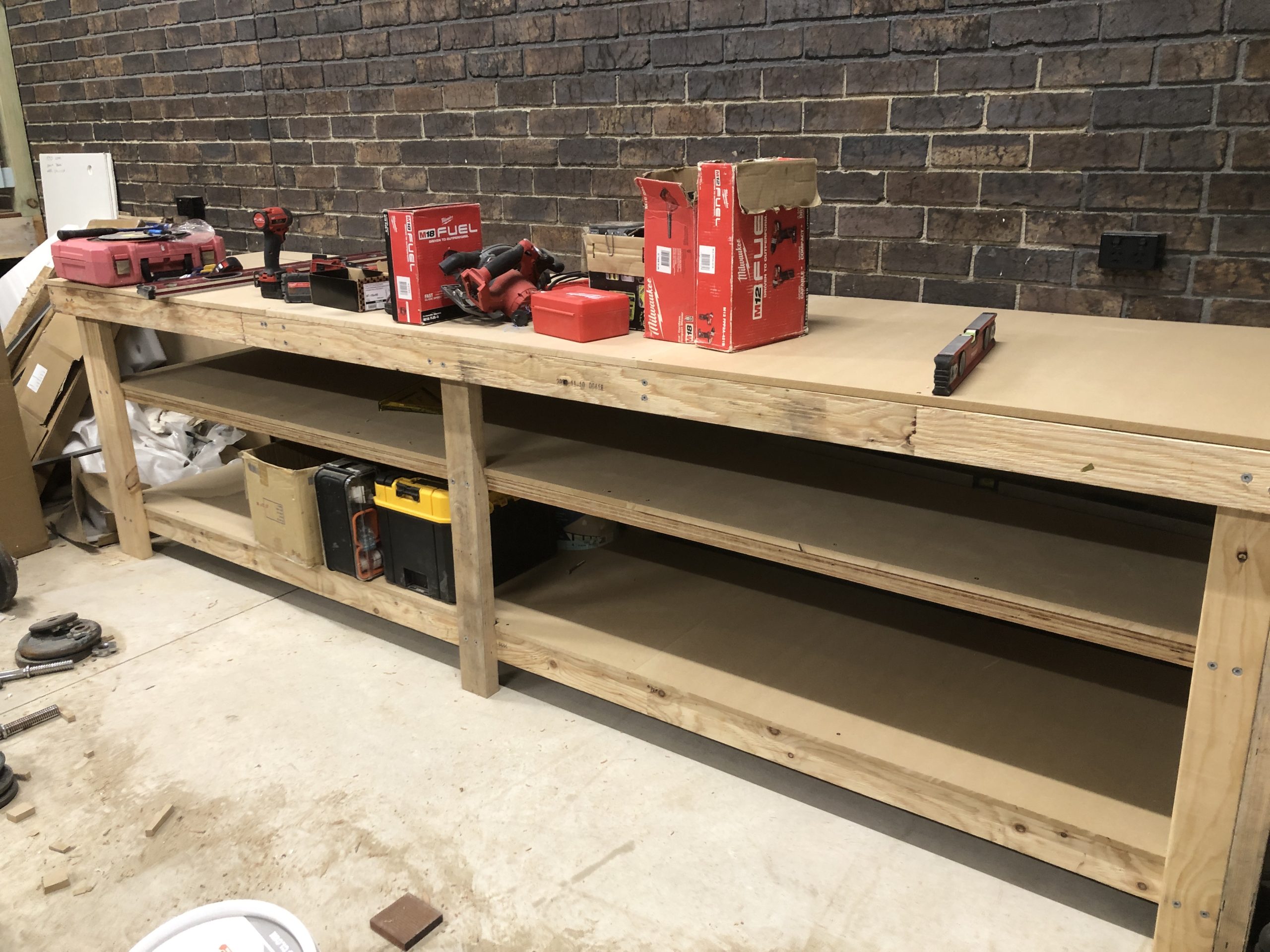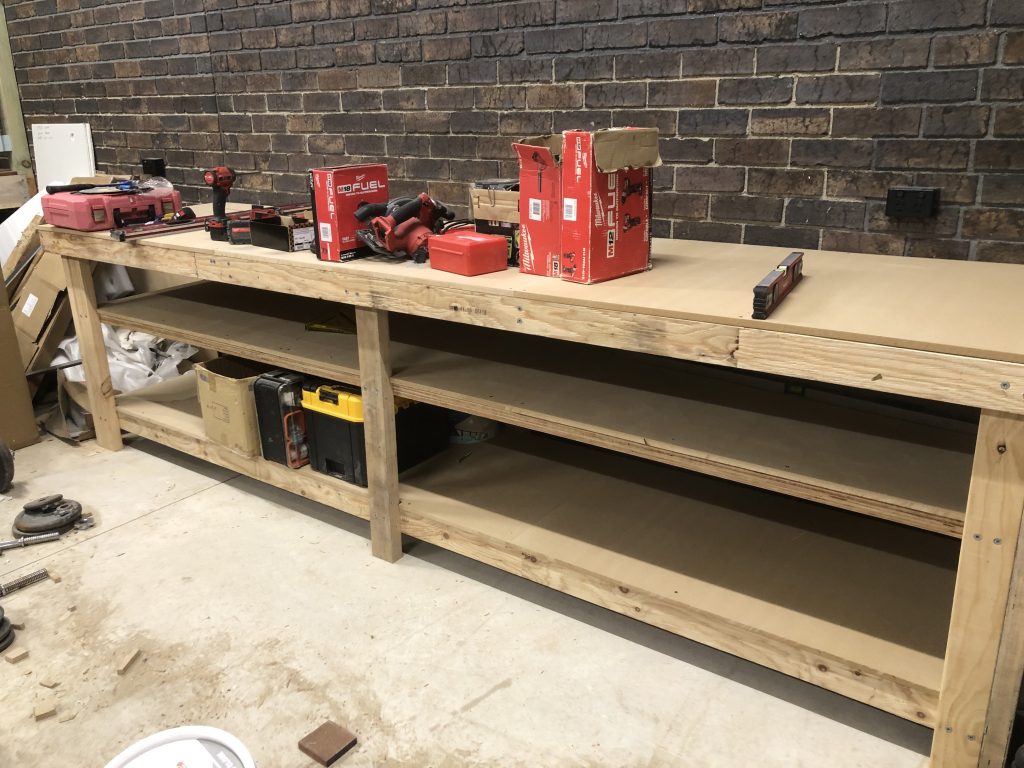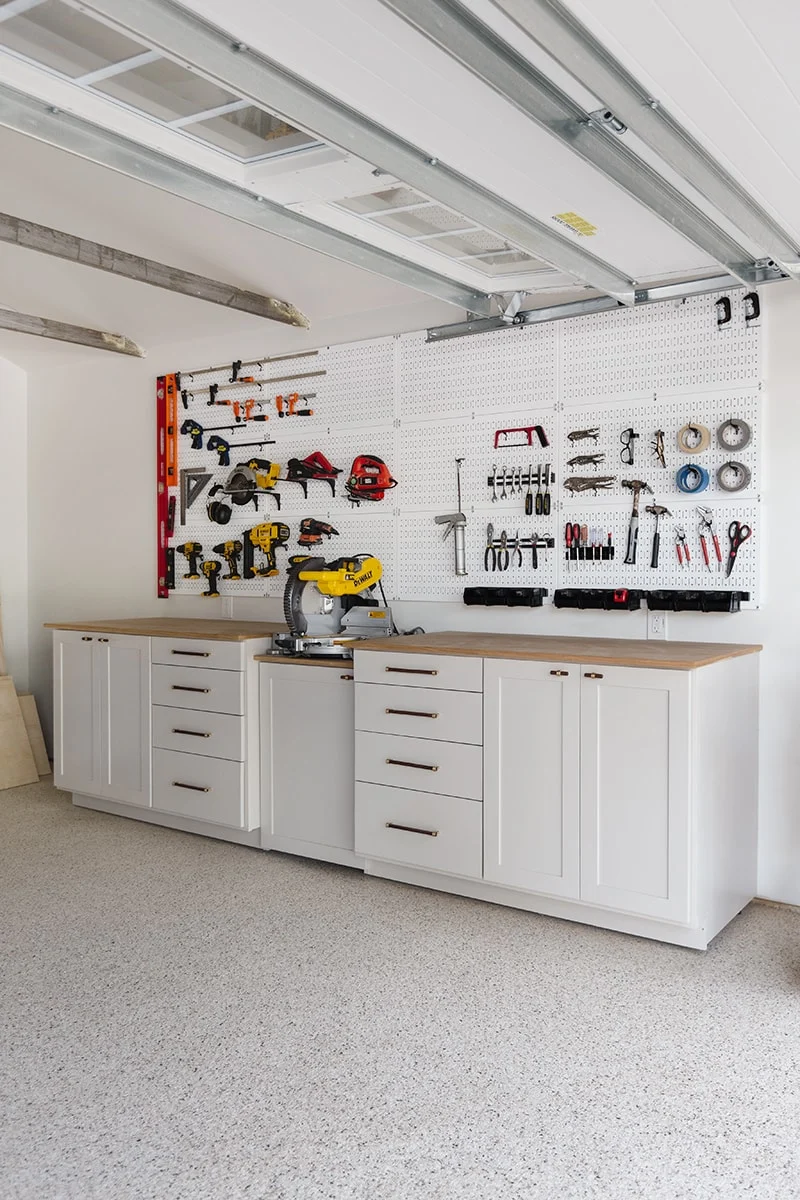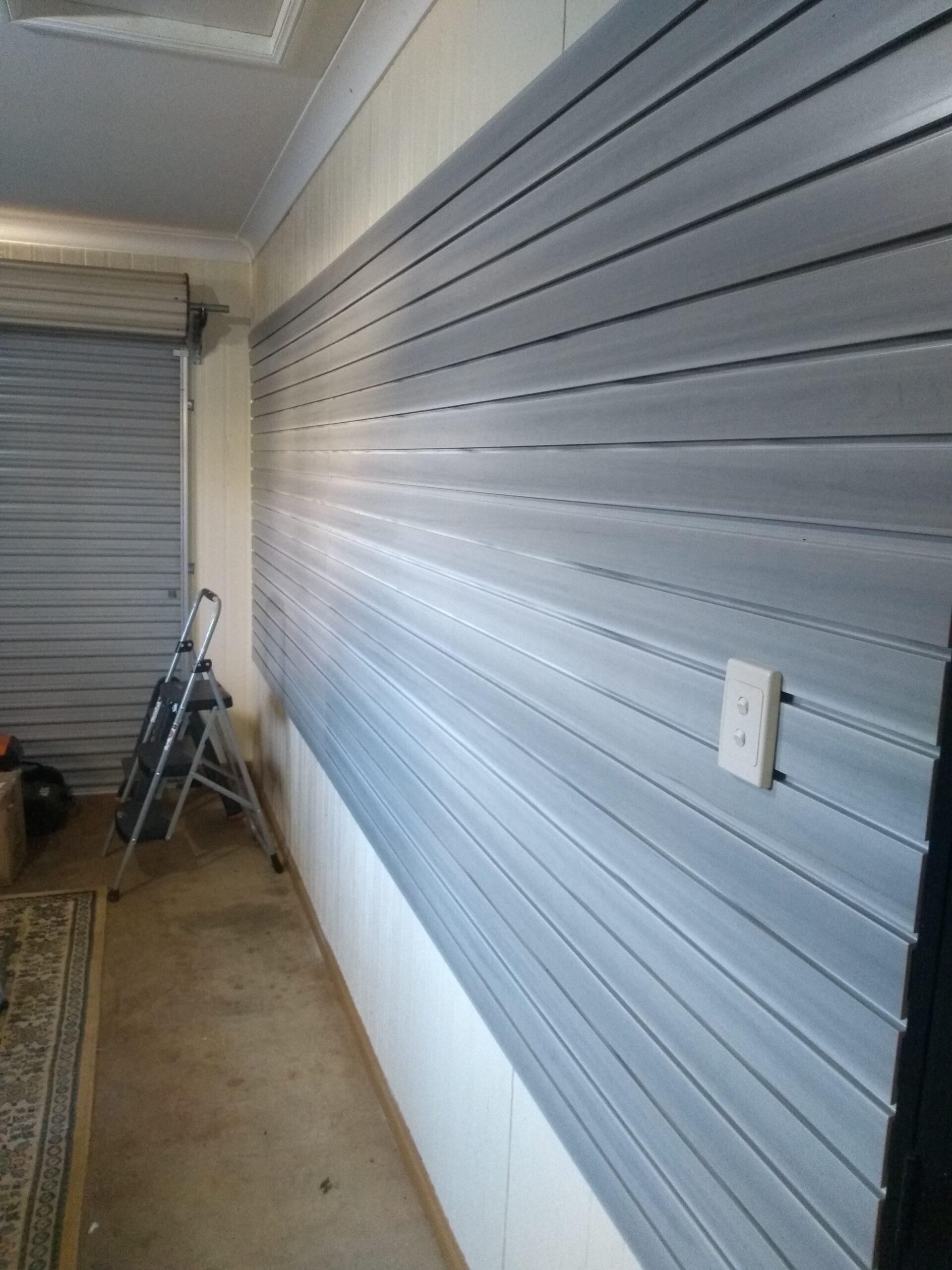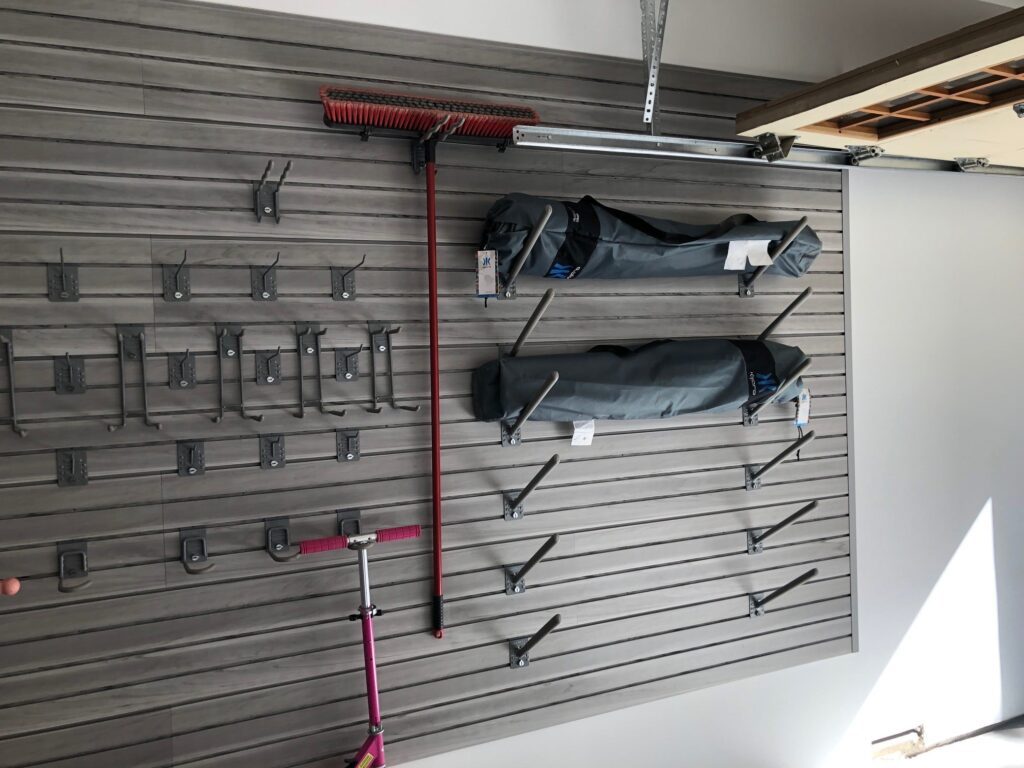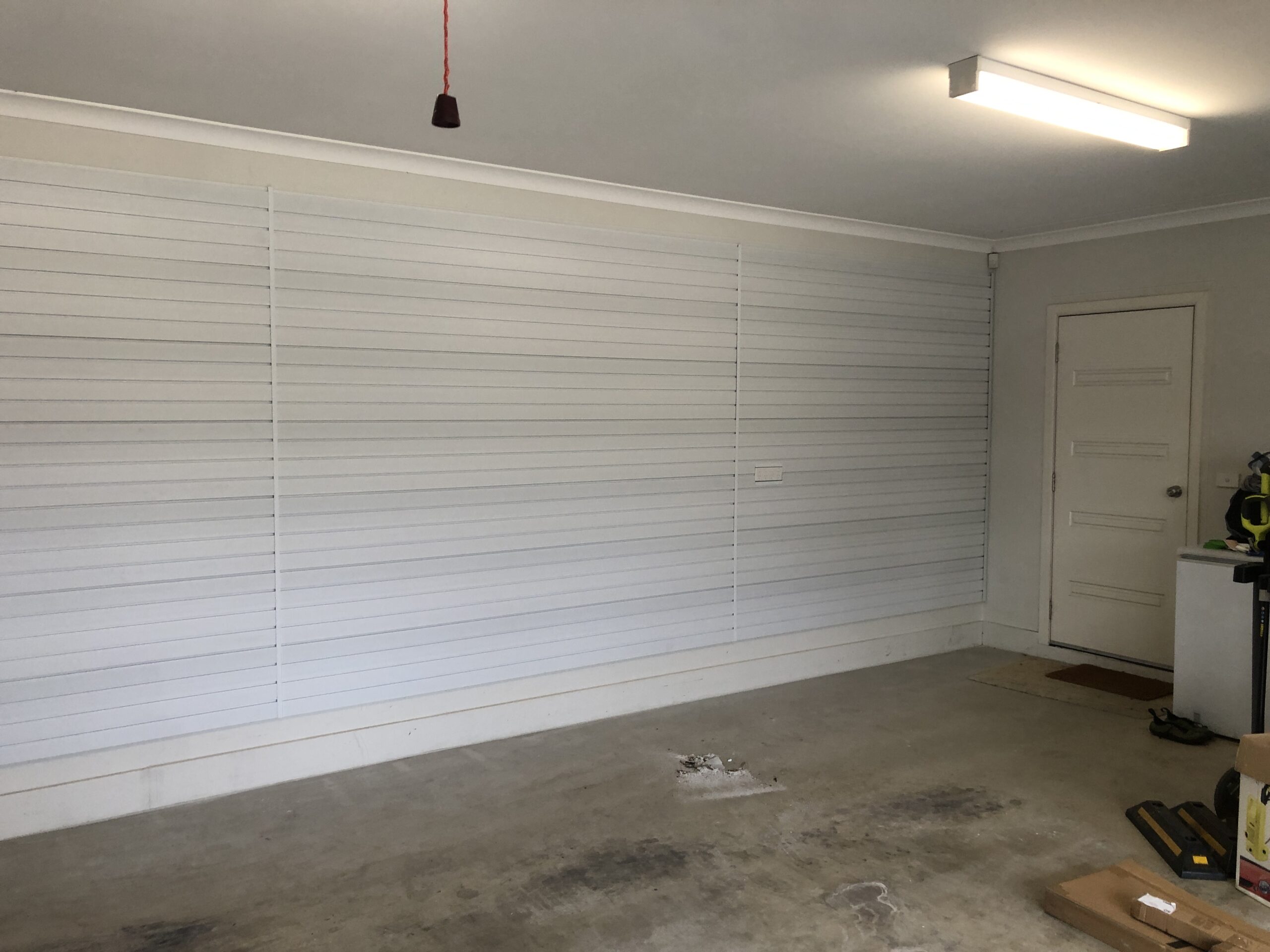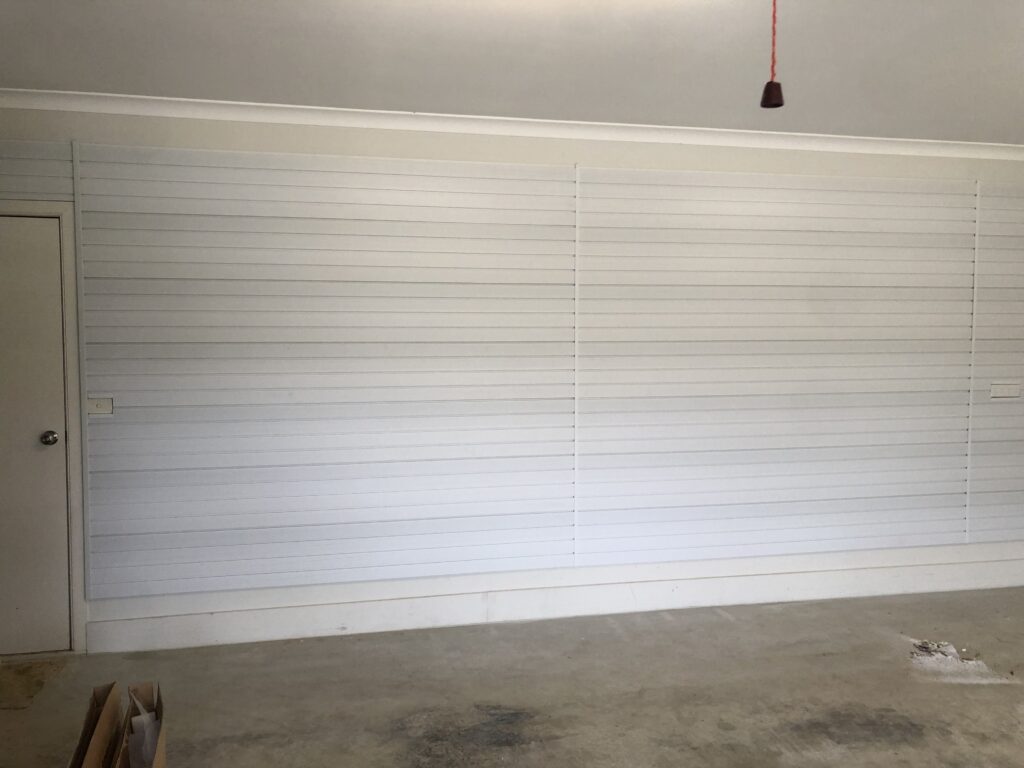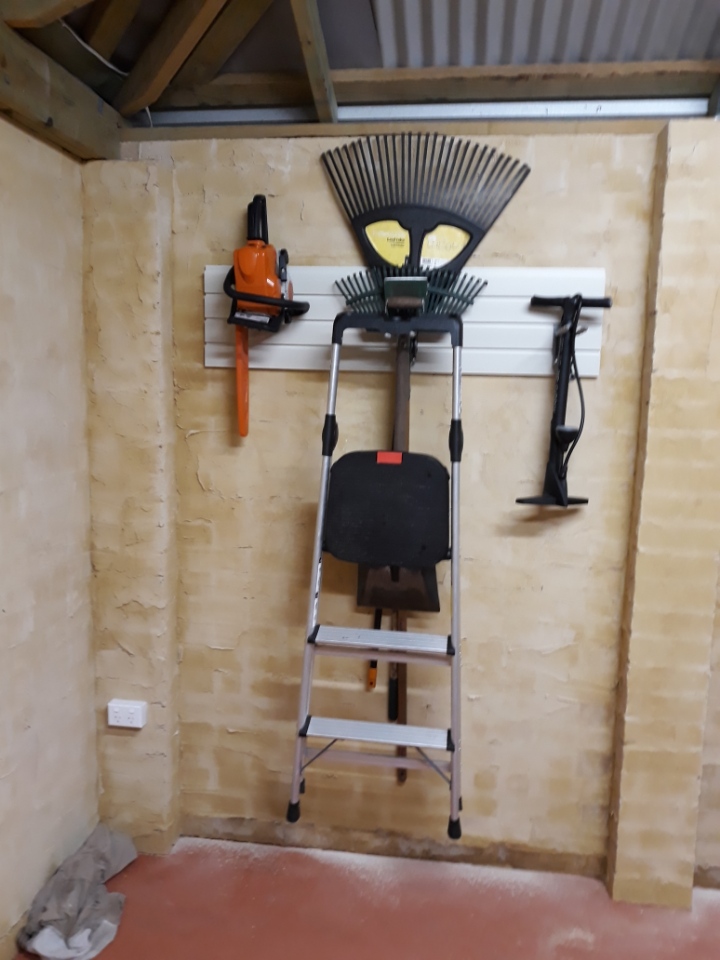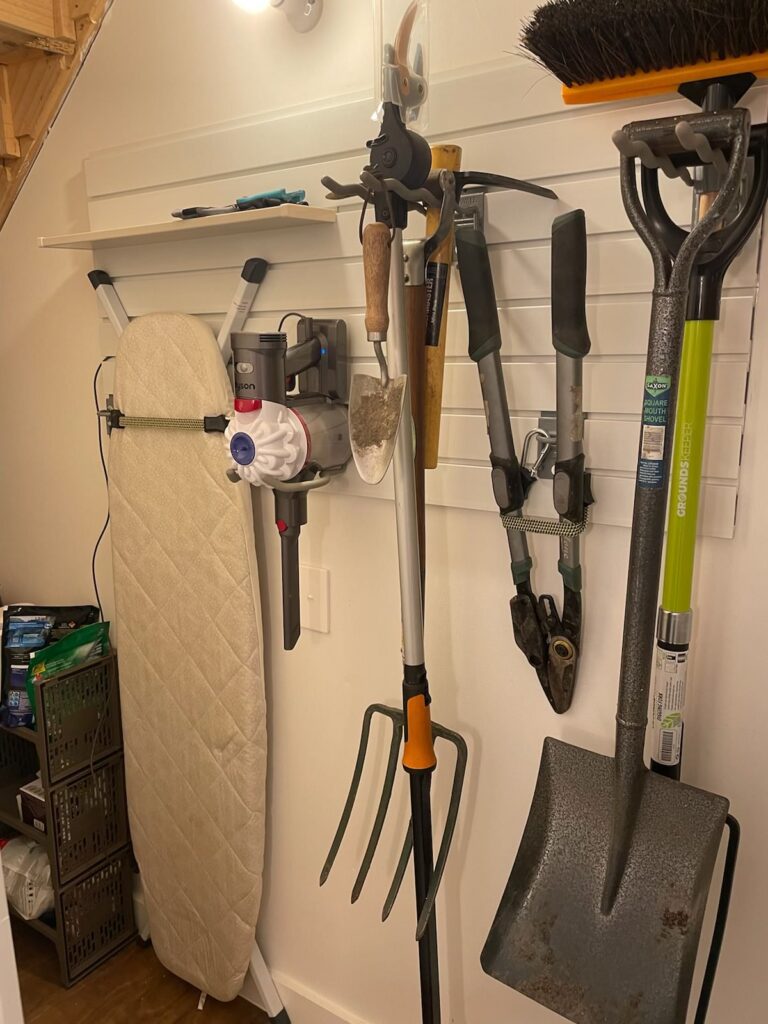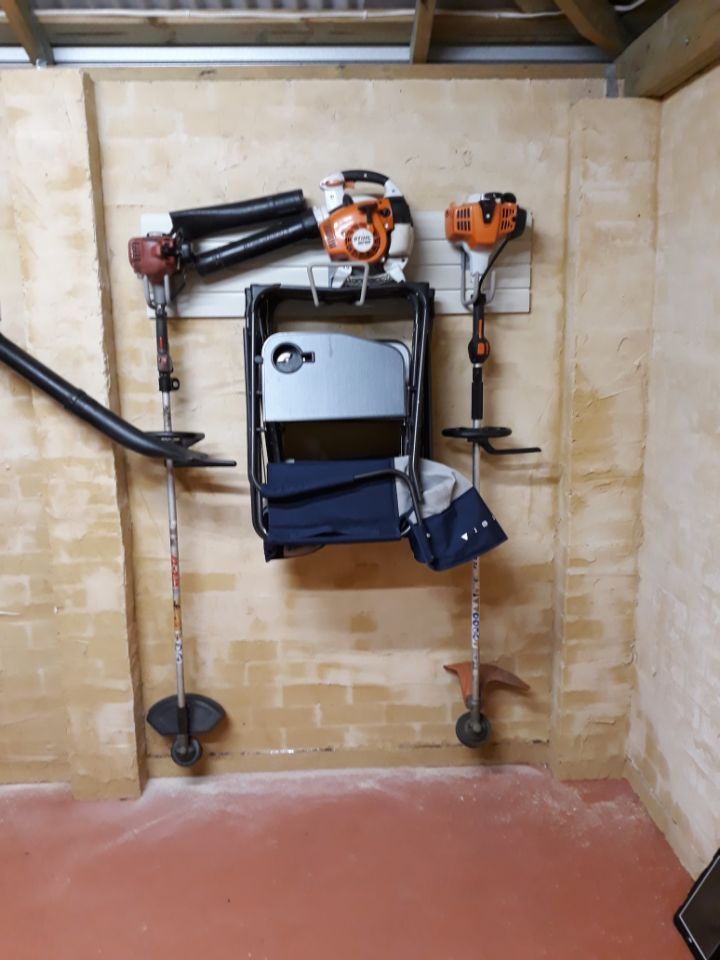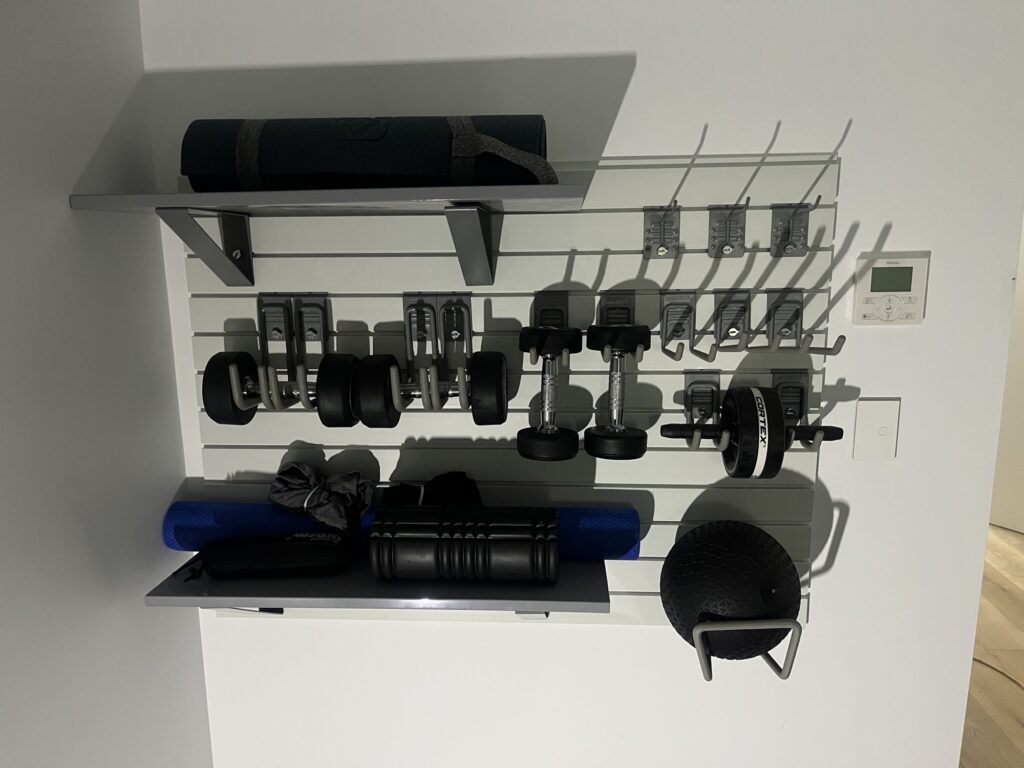
Trends and Innovations
Home storage has come a long way from the days of simple shelves and boxes. As our lives become busier and our homes more compact, innovative storage solutions have become essential. This blog post explores the evolution of home storage, highlighting the latest trends and innovations that are transforming how we organize and optimize our living spaces.
The Early Days: Simple and Functional
In the past, home storage was all about functionality. Basic shelving units, closets, and cabinets were the go-to solutions for keeping homes tidy. While effective, these options often lacked versatility and aesthetic appeal. The focus was on practicality rather than design, and customization was minimal.
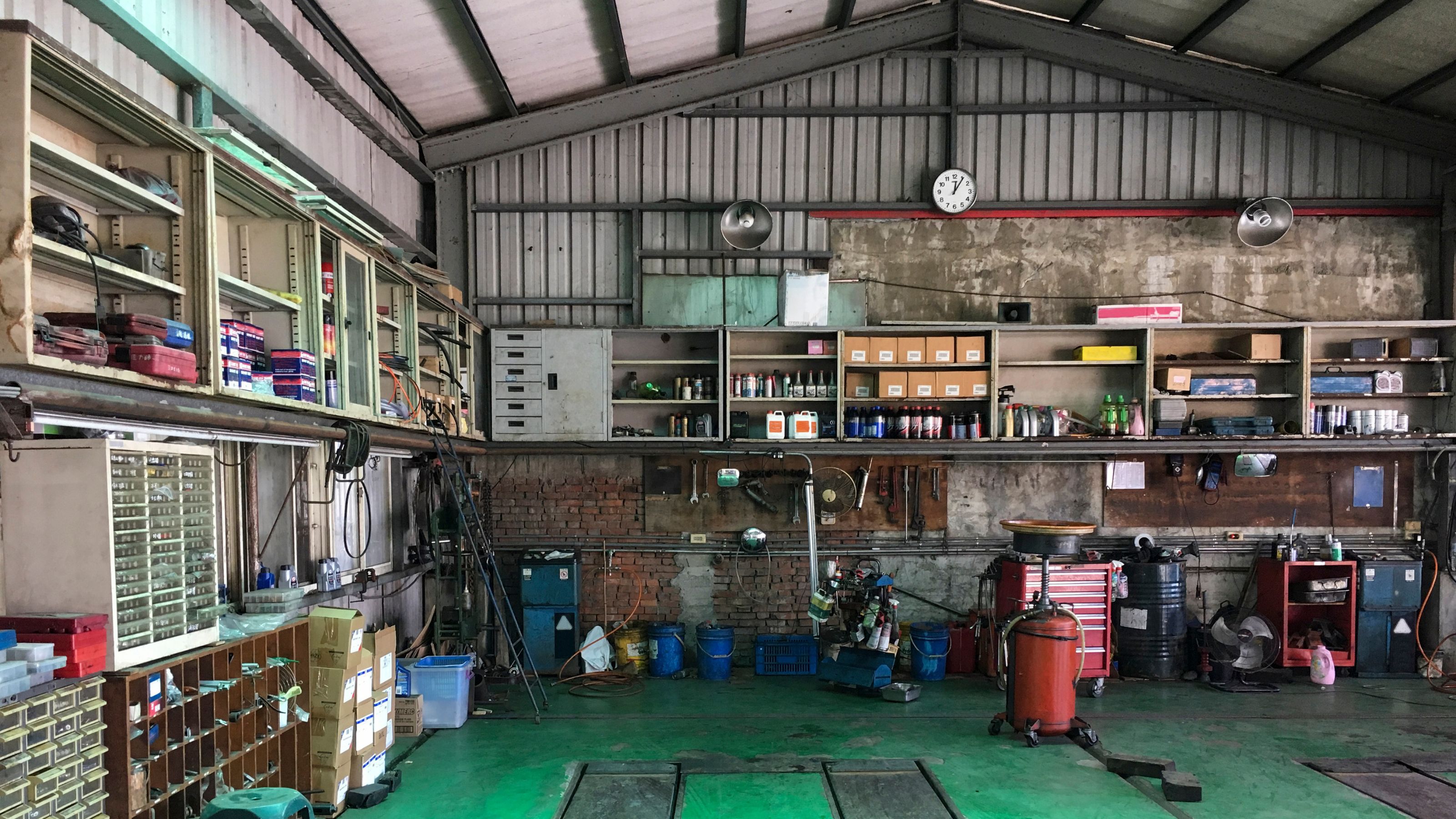
The Rise of Customization
As the need for more personalized living spaces grew, so did the demand for customizable storage solutions. Homeowners began seeking storage options that not only met their practical needs but also complemented their home decor. This shift led to the development of modular storage systems, which allowed for greater flexibility and personalization. StoreWALL, for example, offers a range of accessories and panels that can be tailored to fit any room, style, or purpose.
The Influence of Technology
Technology has played a significant role in the evolution of home storage. Smart storage solutions have emerged, integrating technology to enhance functionality and convenience. From automated closet systems to app-controlled storage units, technology is making it easier than ever to organize and access our belongings. Innovations such as motorized shelves, RFID tracking, and IoT-enabled storage devices are revolutionizing the way we think about home organization.
Space Optimization: Making the Most of Small Spaces
With urban living on the rise, optimizing small spaces has become a key trend in home storage. Creative solutions like wall-mounted systems, under-bed storage, and multi-functional furniture are gaining popularity. StoreWALL’s wall-mounted storage panels, for instance, provide a sleek and efficient way to maximize vertical space, keeping floors clear and rooms clutter-free.
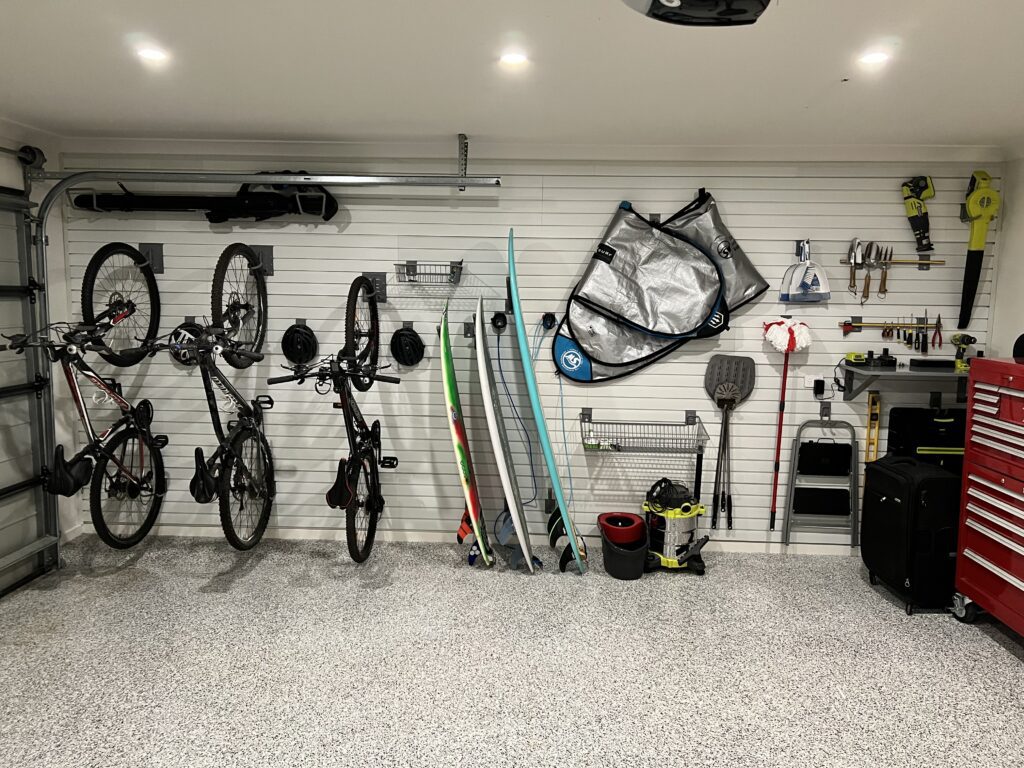
Sustainable Storage Solutions
Sustainability is another important trend shaping the future of home storage. As more people become environmentally conscious, there is a growing demand for eco-friendly storage options. Companies are responding by using sustainable materials and manufacturing processes. StoreWALL is committed to sustainability, offering durable, long-lasting products that reduce the need for frequent replacements, ultimately minimizing waste.
Aesthetic Appeal: Storage as Decor
Modern storage solutions are designed to be both functional and visually appealing. The idea that storage should blend seamlessly with home decor has gained traction. Stylish storage units, elegant shelving, and decorative baskets are now integral parts of interior design. StoreWALL’s products are available in various finishes and styles, ensuring that storage solutions enhance the overall aesthetic of any room.
The Future of Home Storage
As technology continues to advance, we can expect even smarter storage solutions that anticipate our needs and adapt to our lifestyles. Additionally, the emphasis on sustainability and design will likely continue to grow, offering homeowners more options that are both eco-friendly and aesthetically pleasing.
The evolution of home storage reflects our changing lifestyles and growing needs for efficiency, personalization, and sustainability. From simple shelves to smart storage systems, the journey has been marked by continuous innovation and improvement. At StoreWALL, we are proud to be at the forefront of this evolution, providing cutting-edge storage solutions that meet the demands of modern living. Whether you’re looking to optimize space, enhance your home decor, or invest in sustainable options, StoreWALL has the perfect storage solution for you.
Explore our wide range of innovative storage solutions at storewall.com.au and transform your home today. Subscribe to our newsletter for the latest updates on storage trends, tips, and exclusive offers.
